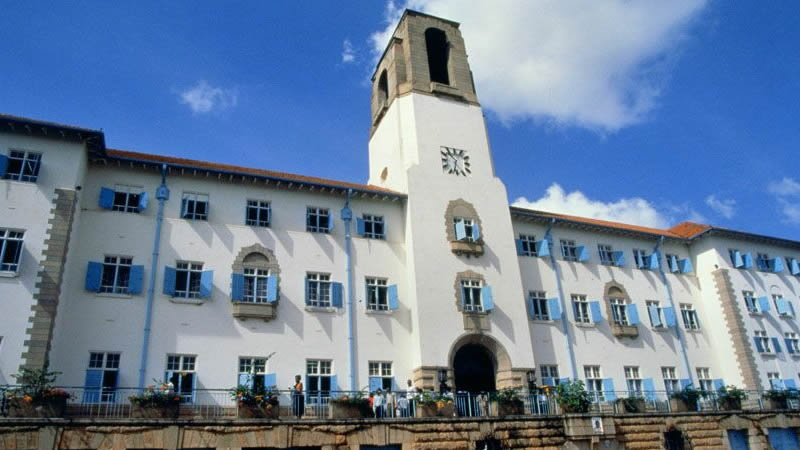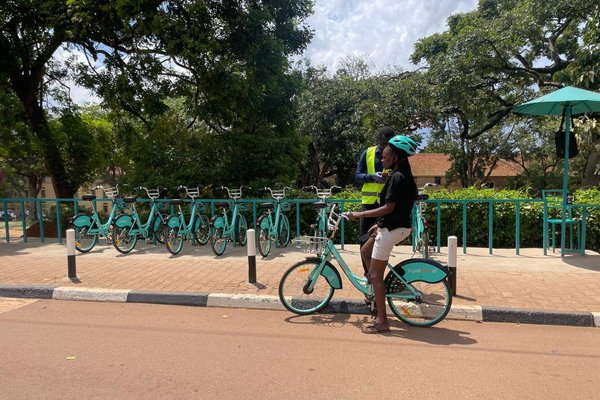By Tuhirirwe Karane
In the heart of Uganda, nestled within the vibrant campus of Makerere University, a remarkable journey began in 2008. It was a journey fueled by innovation, ambition, and the relentless pursuit of a dream—the dream of pioneering an automotive revolution on the African continent.
Turin had hosted the Vehicle Design Summit (VDS), a Massachusetts Institute of Technology (MIT) extracurricular initiative, from 22nd September to 24th November, 2008, with the goal of designing and producing the Vision 200, a five-passenger plug-in hybrid electric vehicle targeting the Indian market. Makerere University, the only participant from Africa, was responsible for the design and integration of the low power electronics and data networking systems.
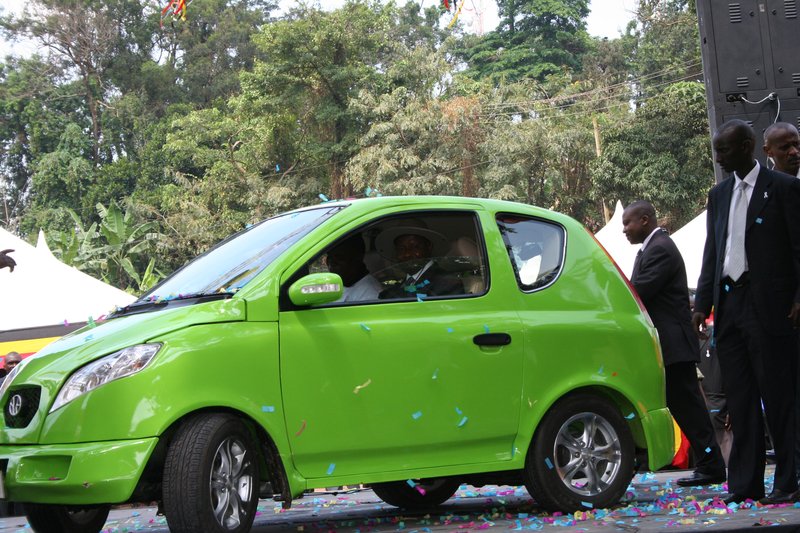
Paul Isaac Musasizi takes H.E. Yoweri Kaguta Museveni for an Exhibition Drive in the Kiira EV at its Launch on 24th November 2011
Fast forward to today, and the story of Kiira Motors has evolved far beyond that initial prototype. To understand Kiira Motors' remarkable evolution, we trace its origins back to a student project with a visionary lecturer that has since grown into a symbol of national pride and industrial progress.
Origin and early days
As Uganda faced political upheaval in the 1970s, a young, brilliant and ambitious Sandy Stevens Tickodri-Togboa embarked on his doctoral studies at the University of Odessa in the Ukraine. Now the Executive Chairman of Kiira Motors Corporation, the then youthful lad caught the attention of his supervisor, a Russian Jew professor, who engaged and mentored him in extracurricular activity aimed at instilling in his students the urge to find something new.
“I excelled and it is at this point that I appreciated the value of extracurricular activities as I progressed along my journey of developing a radio receiver for my PhD.”
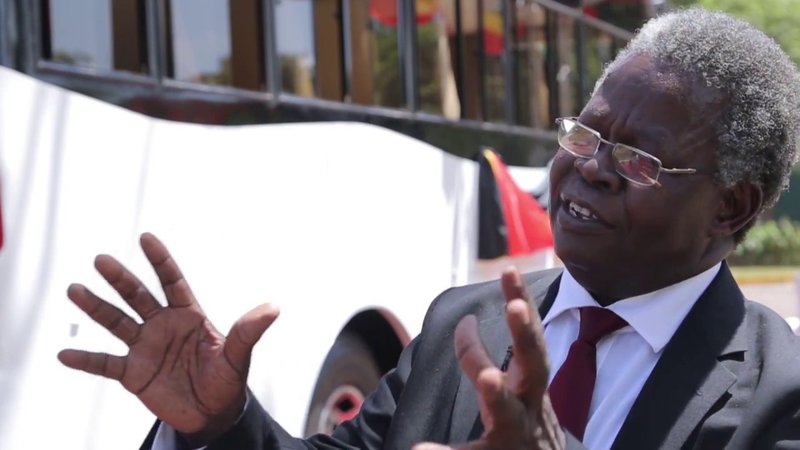
Prof. Tickodri-Togboa, the Executive Chairman of Kiira Motors Corporation
Back at Makerere University and now teaching at the then Faculty of Technology, he replicated the idea of student-focused extracurricular activities. “Most of these guys who eventually ended up with me [at Kiira Motors Corporation] were the group that after the lectures I’d tell, ‘I have delivered all these formulas, derivations and so forth, can we go and see how we can test them in actual practice?’” remarked Prof. Tickodri-Togboa.
Journey and growth
With the VDS done, in December 2008, the Center for Research in Transportation Technologies (CRTT) was conceived to advance research and innovation in transportation technologies on land, air and sea, with specific emphasis on green mobility solutions for Africa. The Kiira EV was the first project implemented under CRTT. On 12th and 28th December 2009, Prof. Venansius Baryamureeba, the then Vice-Chancellor led a team from Makerere University to State House, Entebbe where possible partnerships between Makerere University and the Government were extensively discussed. Subsequently, the Government of Uganda approved a presidential pledge of Shs 25 billion for the College of Engineering, Design, Art and Technology over a five-year period.
This paved the way for the formation of the Kiira Motors Corporation (KMC), with the Government of Uganda owning 96% of the shares of the initial stock and Makerere University holding 4%.
Kiira Motors now boasts of an impressive portfolio of vehicles that the corporation hopes will cater to the diverse needs of Ugandan consumers. These vehicles feature innovative designs and technologies that rival those of established international brands.
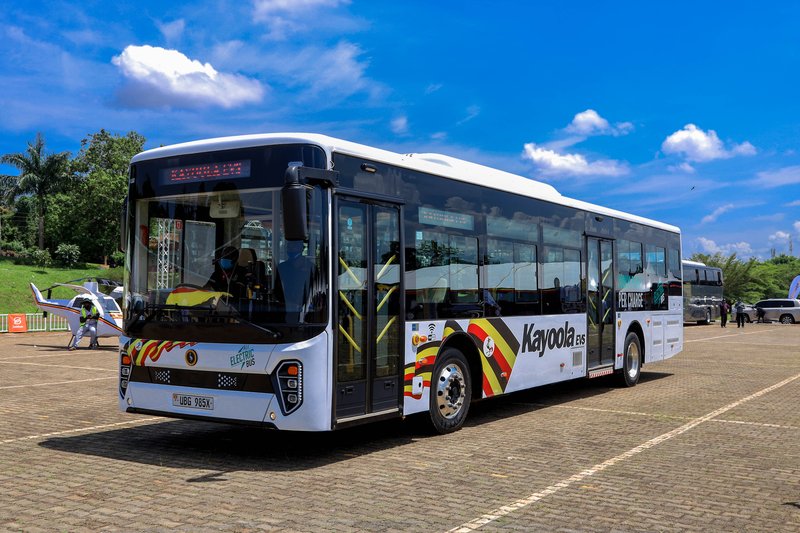
The Kayoola EVS, a product of the Kiira Motors Corporation (KMC)
The mobility solutions developed over the years currently offer transit services to the public in Kampala City and across borders. These include four premium zero-emissions city buses with a range of 300 km under the Kayoola EVS brand name, two premium ultra-luxury executive long-distance buses under the Kayoola Coach brand name and five state of the art city buses for the off taker Tondeka Metro Company. The company's presence in the market has not only provided consumers with choices but has also contributed to job creation.
Challenges
The resources required to set up an “industry of industries” as Prof. Togboa calls Kiira Motors Corporation are quite enormous for an economy the size of Uganda’s. “At one point, President Museveni intimated that about Shs 524 billion was required to fully operationalize the car maker to market. This money is to be utilized in the setup of assembly plants and feeder industries which manufacture various components and distribution chains for the vehicles”, the Executive Chairman intimated to The Legacy.
Because of this enormous resource requirement, the Hon. James Mutende Shinyabulo, the then State Minister for Industry, advised Prof. Togboa not to transfer the Kiira project to Uganda Industrial Research Institute when it was leaving Makerere. His contention was that they too did not have the resources and infrastructure to undertake and support a project of that magnitude.
In fact, the funding challenge persisted all the way to parliament. For the Executive Chairman of Kiira Motors, this is possibly because of the size and structure of the budget and the country’s economy. Going to the House to convince MPs to allocate funding to Kiira Motors and justifying already existing budgets posed a serious challenge as most parliamentarians preferred to focus on agriculture.
Prof. Togboa queries the logic of their commitment. According to him, agriculture’s input to GDP is only about 26% whereas it occupies the productive working lives of about 70% of the population. He further contends that industrialization solves that imbalance since the inputs into car manufacture such as iron ore for metal works, sand processing into glass, and many others, offer a lot more in terms of employment and contribution to GDP as manufacturing opens up a number of avenues.
The future
Looking ahead, KMC is driven by a clear vision and ambitious goals. Sustainability is at the forefront of their mission, with plans to introduce eco-friendly vehicles and contribute to environmental preservation. While challenges loom, the company sees opportunities for growth and development, not just within its own operations but also in the broader context of Uganda's automotive industry.
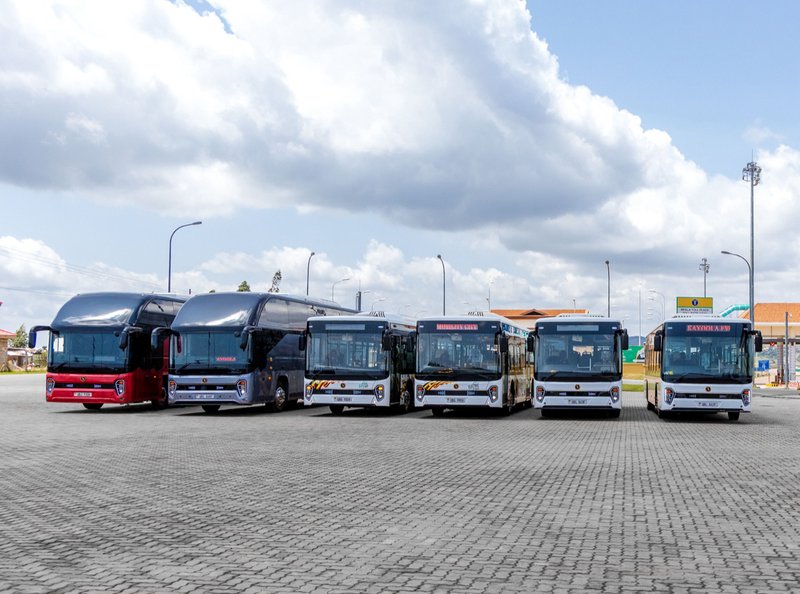
The Kayoola Bus Fleet manufactured by Kiira Motors Corporation
It is Prof. Togboa’s view, both as a teacher and an industrialist, that universities should be pivoting toward these changes in their ways of teaching so as to equip students with new and relevant tools. He recalls a time in 1973 when former president Amin chased away the Indians and the few engineers at Makerere had to go to Jinja and try to keep Nalubaale (which was then Owen falls Dam) running, an experience that, to him, continues to be testament to the importance of hands-on training.
The overall objective of these initiatives is to decongest city traffic by introducing public transport buses which are not only made in Uganda but also ecologically sustainable. That objective is still on track as KMC’s new facility in Jinja has the capacity to deliver up to 28 buses in one day, thanks to its 16-port assembly line.
The vision for Kiira Motors is commercialization by 2030, at which point the Government will withdraw and the corporation will become fully privatized by selling its shares to Ugandans and other entities in the private sector.
On the Makerere University Endowment Fund
Prof. Togboa intimated that support to the Makerere University Endowment Fund should be automatic for its many alumni. He, however, highlighted the importance of having a mechanism through which these alumni are reached out to. [Editor’s Note: All alumni are encouraged to register with Makerere’s digital alumni database here.]
He further pointed out that it is important for students to go through the university and love the experience of studying at the mighty Makerere, an experience that can be improved by the teaching staff who interface with students on a daily basis. He emphasizes that it is that rapport that makes alumni cherish their alma mater enough for them to remain active members capable of contributing to the institutions’ endowment.
From humble beginnings at Makerere University, KMC has grown to become a beacon of hope and progress for Uganda. As we look to the future, Kiira Motors inspires us to embrace innovation, overcome challenges, and envision a brighter, more sustainable future for our nation.
Related News
![]() Please join hands with the Makerere University Endowment Fund as it works towards attracting & retaining the best faculty, providing scholarships, and investing in cutting-edge research and technology.
Please join hands with the Makerere University Endowment Fund as it works towards attracting & retaining the best faculty, providing scholarships, and investing in cutting-edge research and technology.
